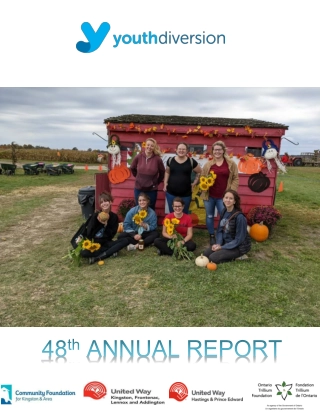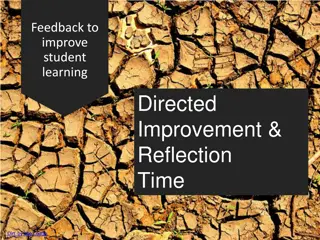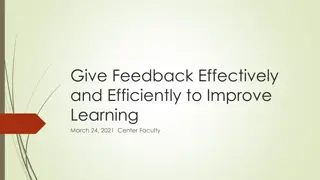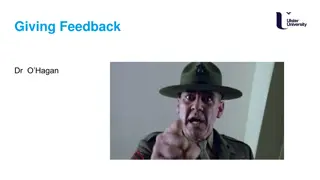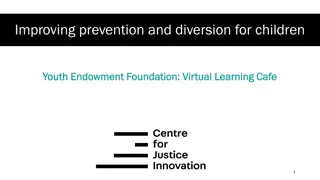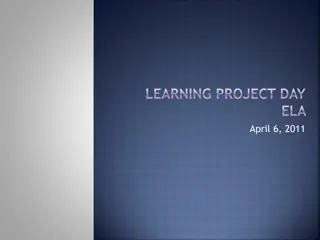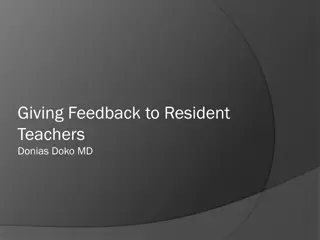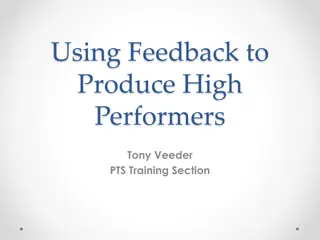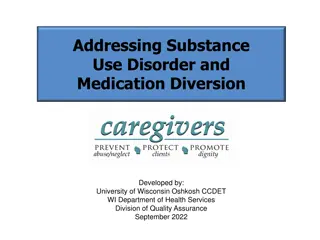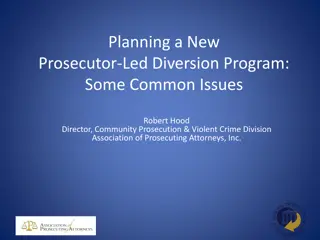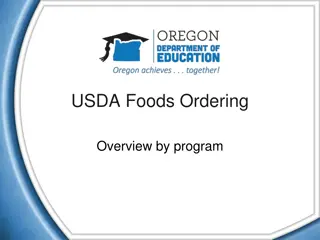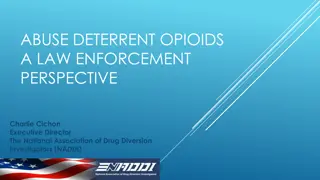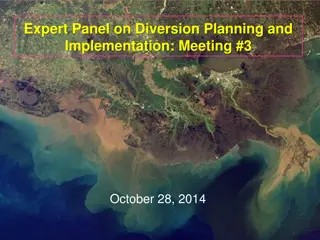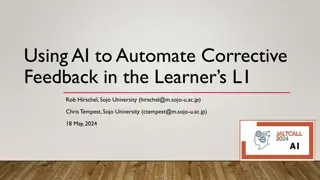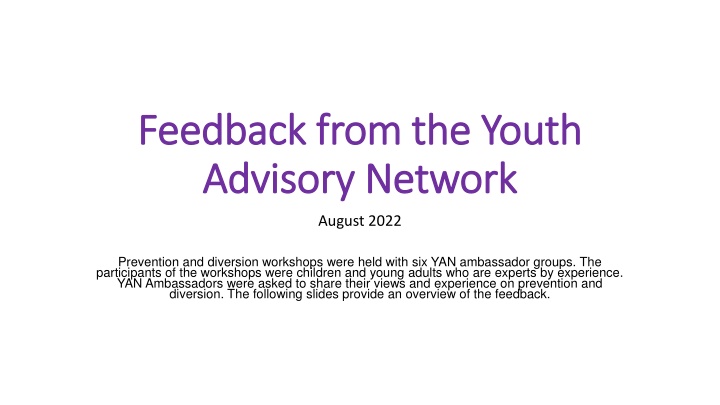
Valuable Insights from Youth Advisory on Prevention and Diversion Strategies
Explore feedback from youth ambassadors on prevention and diversion workshops, emphasizing the importance of safe spaces, avoiding assumptions, and enhancing services to support children and young adults effectively.
Download Presentation

Please find below an Image/Link to download the presentation.
The content on the website is provided AS IS for your information and personal use only. It may not be sold, licensed, or shared on other websites without obtaining consent from the author. If you encounter any issues during the download, it is possible that the publisher has removed the file from their server.
You are allowed to download the files provided on this website for personal or commercial use, subject to the condition that they are used lawfully. All files are the property of their respective owners.
The content on the website is provided AS IS for your information and personal use only. It may not be sold, licensed, or shared on other websites without obtaining consent from the author.
E N D
Presentation Transcript
Feedback from the Youth Feedback from the Youth Advisory Network Advisory Network August 2022 Prevention and diversion workshops were held with six YAN ambassador groups. The participants of the workshops were children and young adults who are experts by experience. YAN Ambassadors were asked to share their views and experience on prevention and diversion. The following slides provide an overview of the feedback.
The Logistics Trusted spaces will be different for everyone Is it at a time where they can go away and reflect afterwards? What day of the week is it? Ask them what works best Where do you try to reach them? When do you try to reach them? Safe spaces are important What time of day is it? It helps if there is someone they can relate to How do you make them feel safe? Who tries to reach them? How do you try to reach them? Do you use mechanisms that are familiar to them? Language can make a difference Can you link into networks they are already a part of? Is it a person they know and trust?
Do not make assumptions Children are often offered sports but this does not appeal to everyone Some children can take longer to engage don t give up on them If sports are offered they should be a mix of team and solo activities Think about different age groups and genders all have different needs Give time for children to think about the opportunities, they may need more information or space to think Peer networks or trusted adults could help to build confidence for children who may need extra encouragement Think about different channels to promote how children and young adults can get involved in activities Obvious places such as schools may not always be the appropriate place Physical appearance & background does not mean they will be interested in the same things ask them Activities such as gaming are not always negative they can be useful engagement techniques
Services what should they look like? Positives Meet many people Good connections Keeps them occupied Learn new skills including communication Gain more understanding Provides opportunities which prevent reoffending Not labelled in sessions An ideal service for prevention More facilities (Boxing, trips, food) Activities (Music studio) More educational services Transferable life skills More support from the right people Less punishment Walk through of services and opportunities thoroughly Secure Exit plans from the start Negatives Sometimes there isn t enough time to engage with everything Exit routes/plans Exit plans are too short
Help childrens support networks to help them Allow children and their parents to play an active role in their parenting / family sessions - they are part of the solution and need to feel included Peers can help each other Education If families and siblings understand, they can help the child to understand engage them in the process Children might after more questions later who can they ask? Can you work with networks they are already involved with and trust? Children need to understand to be able to engage Family Health Support is only offered at crisis point- intervene earlier and help before its too late Children need opportunities to reflect and follow up afterwards Think of where support is offered - they may not want to go to obvious places like GPs or schools. Peers
Help childrens support networks to help them Identify educational needs and poor mental health Have Mental health teams within schools Health Recognise and support children experiencing trauma Focus on preventing exclusions Education Support education to identify the indicators earlier Train teaching assistants to support children. Professionals should have cultural and behavioural training Peer support for both parents and children to support them to identify concerns earlier Peers Children are influenced by their environment and behaviours of those around them Offer support sessions run by young adults with experience Offer different skills for different age groups of children and parents Family Extend parenting classes so families can attend together Find alternative ways to reach families and help meet a need and build trust
What makes for good community support? What makes for good community support? What makes for good community support? Reaching out to children and showing them what support is available Consistent support Training and supporting members of the community to engage with children and families. Community members are able to reach children in places they would be - such as ice cream van drivers and barbers Non labelling and stigmatising Creating community cohesion Being valued and respected Police building trust and having a positive presence in the community Cultural competency Schools promoting the care and wellbeing of individuals Utilising community centres to offer a range of support to families and children. More youth groups to show children they are cared about and noticed

